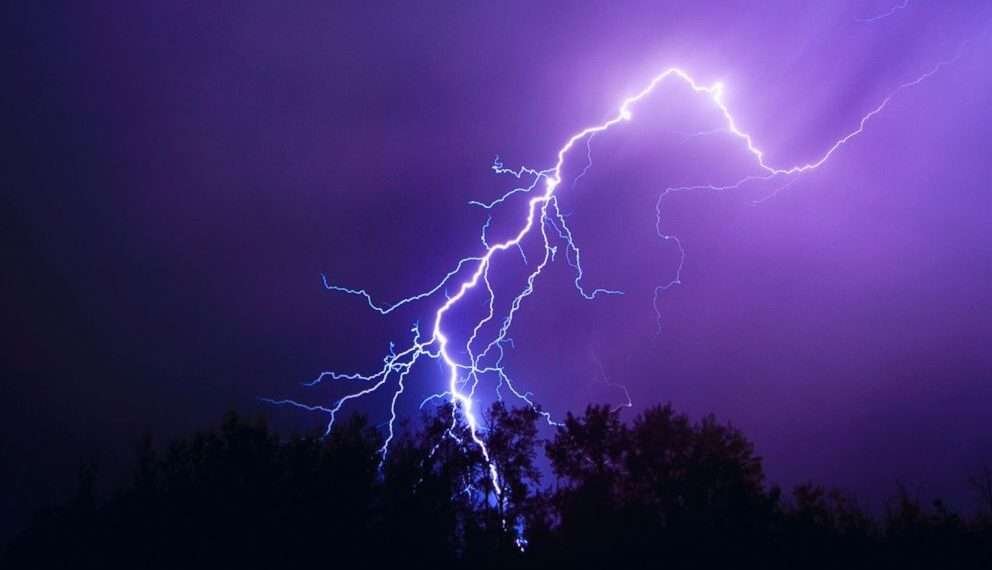Local media reports indicated that two football players died after being struck by lightning while playing a match in Kisii county in western Kenya.
Two other players were taken to the hospital for emergency treatment after they got injuries during the tournament over the weekend.
A football federation official Evans Akang’a, Chairman of the Kitutu Chache North Football Kenya Federation, narrating the incidence said the teams were playing a friendly match when it started raining, which led to the unfortunate event.
Akang’a said, “it is quite unfortunate that they lost their lives while playing a game that they loved most. As federation officials, we send our condolences to the affected families.”
Akang’a urged the authorities to install lightning arrestors on public buildings including schools and churches to reduce the occurrence of such incidents.
Lightning is not only spectacular, it’s dangerous. About 2,000 people are killed worldwide by lightning each year. Hundreds more survive strikes but suffer from a variety of lasting symptoms, including memory loss, dizziness, weakness, numbness, and other life-altering ailments. Strikes can cause cardiac arrest and severe burns, but 9 of every 10 people survive. The average man has about a 1 in 5,000 chance of being struck by lightning during a lifetime.
However, the Kenyan case is not an isolated one. In Democratic Republic of the Congo in 1998, an entire football team was killed during a match by lightning. In a separate report by The Irish Times, lightning killed at a stroke 11 young people aged between 20 and 35 years during a football match.
Also in Kenya, lightning has reportedly struck a Kenyan footballer dead as he celebrated his team’s equaliser against their opponents.

What Causes Lightning?
Lightning is a discharge of electricity. A single stroke of lightning can heat the air around it to 30,000°C (54,000°F)! This extreme heating causes the air to expand explosively fast. The expansion creates a shock wave that turns into a booming sound wave, known as thunder.
As ice crystals high within a thunderstorm flow up and down in the turbulent air, they crash into each other. Small negatively charged particles called electrons are knocked off some ice crystals and added to other ice crystals as they crash past each other. This separates the positive (+) and negative (-) charges of the cloud. The top of the cloud becomes positively charged with particles called protons, while the base of the cloud becomes negatively charged.
Because opposites attract, the negative charge at the bottom of the storm cloud wants to link up with the ground’s positive charge. Once the negative charge at the bottom of the cloud gets large enough, a flow of negative charge called a stepped leader rushes toward the Earth. The positive charges at the ground are attracted to the stepped leader, so positive charge flows upward from the ground.
When the stepped leader and the positive charge meet, a strong electric current carries positive charge up into the cloud. This electric current is known as the return stroke. It is seen it as the bright flash of a lightning bolt.
READ ALSO: Kennedy Agyapong Is Trumping His Own Party- IMANI President






















